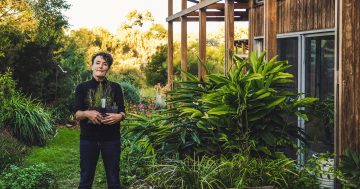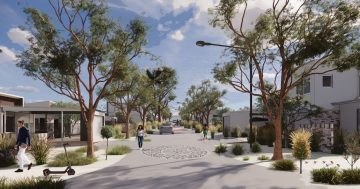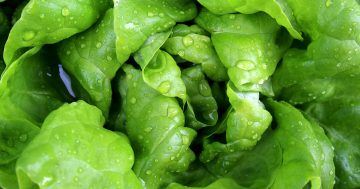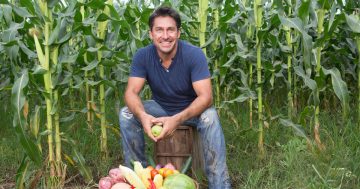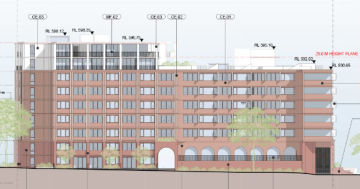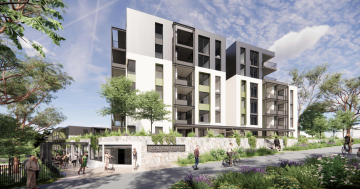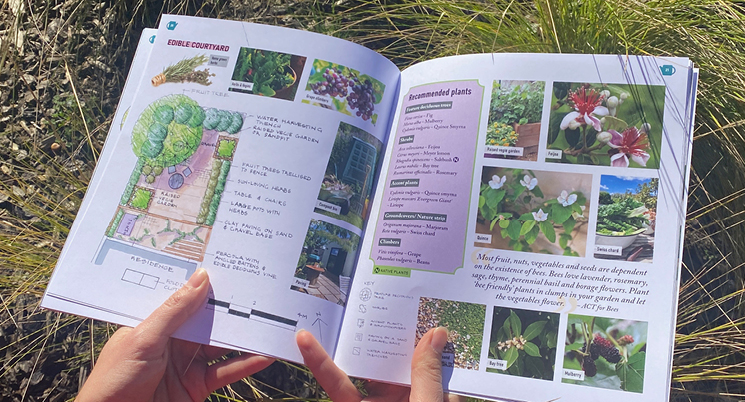
The Climate Wise Garden Designs booklet is an easy to read illustrated guide. Photo: Suburban Land Agency.
The dampish winter may mean a bumper spring for Canberra’s gardens but the dry and heat is never that far off, so a new guide for green thumbs will be welcome, especially in the city’s less established areas.
The Suburban Land Agency has teamed up with landscape architect Edwina Robinson to produce its Climate Wise Garden Designs booklet which is pitched mainly at new homeowners on smallish blocks.
The SLA has also worked with Ms Robinson to design gardens that residents can use as inspiration for their own homes. They will be popping up in SLA display centres soon, including in the new suburb of Whitlam.
It says being climate wise means taking into account local conditions – including sun direction, wind direction, soil type, local climate and availability of water – to select plants that will thrive all year round.
The garden designs centre on three themes – the climate wise garden for all year round resilience, the low-maintenance garden for busy lifestyles and the edible garden for fresh produce throughout the year.
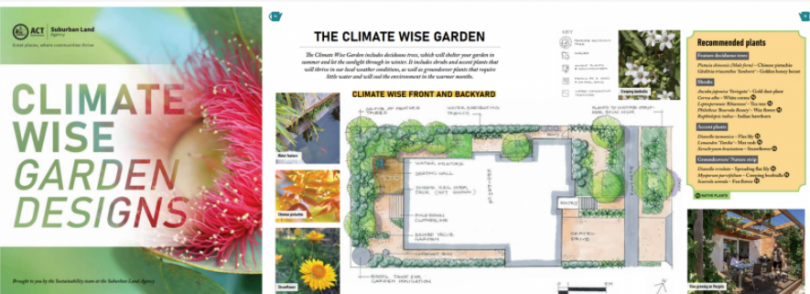
What to expect in the climate wise gardens booklet. Photo: Suburban Land Agency.
For each of the themes, there is a design for a front and back yard, as well as a courtyard.
As well as hand-drawn garden designs, the Climate Wise Garden Designs booklet lists recommended plant species, advice on how to create a healthy garden and tips on how to get started with designing your own garden.
Ms Robinson told Region Media the 30-page booklet was easy reading with plenty of pictures and illustrations.
She said the designs were for coping with a hotter, dryer future, including providing cooling for the home.
Readers could expect advice on using lots of vegetation to achieve evaporative cooling effects, water features, outdoor kitchens, pergolas with angled battens and deciduous vines, and even fold-down clotheslines instead of using energy-intensive dryers.
Ms Robinson said the more water you get into the landscape, along with lots of plants, the greater the cooling effect.
“By doing that you’re creating cool, outdoor havens that then cool your home reducing the reliance on air conditioning,” she said.
The booklet includes a mix of natives and exotics, including hardy food plants that can endure the extremes of cold and heat and still give you a crop such as figs, pomegranates and rosemary.
There is also advice on having lots of permeable surfaces to allow the water to drain into the soil rather than shedding it straight off concrete into waterways and stormwater drains.
Ms Robinson stressed the importance of planning and not rushing off to buy whatever you see.
“They really need to be thinking about the soil and observing the site,” she said.
And avoid synthetic grass and plastic plants – they simply make the site hotter.
The book includes examples from Ms Robinson’s own garden and some from Light House Architecture and Science Jenny Edwards.
The SLA says one of its priorities is to support resilient communities and a resilient natural environment.
“We want our new suburbs to be green and lush, creating habitats for local birds and bees and support residents to plant beautiful, cool gardens that function as an outdoor room,” it says.
“We know that once you’ve built your new home it can be hard to find the motivation – and budget– to undertake a big landscaping project. So we are bringing the landscape expertise to you.”
To receive a PDF copy of the booklet sign up to the Thriving Communities newsletter, or attend a Mingle event to get hold of a printed copy.













